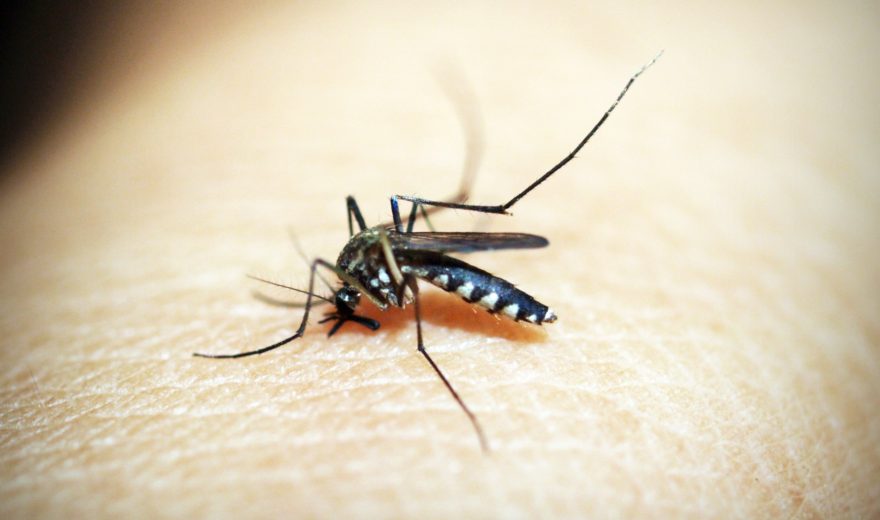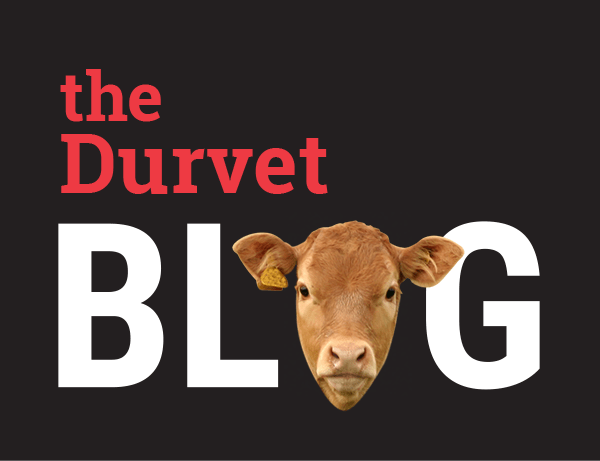
If you've been outside, then I’m sure you’ve been bitten by a mosquito a time or a dozen times. These pesky insects not only cause skin irritation but spread serious diseases and viruses. Understanding their habits could help prevent bites and help in reducing the number around you, your animals and your property. According to the EPA there are around 200 different species of mosquitoes in the US. Each has different habitats and behaviors but all share the same life cycle. Understand these and you can select the right pesticide to prevent them.
[caption id="attachment_886" align="alignright" width="300"] Mosquito Life Cycle
Mosquito Life Cycle
Source: EPA[/caption]
Life Cycle
- Egg – Hatched when exposed to water
- Larva – Lives in water, will molt many times, most species surface to breathe air (About 4 Days)
- Pupa – Stage just before emerging as adult (About 3 Days)
- Adult – Flies after emerging and after its body parts have hardened. Females on average can live several weeks; males typically live less than a week.
Common Places Mosquitoes Lay Eggs
- Bodies of water (ponds, lakes, streams) – Less common due to being eaten by predators
- Standing water (marshes, swamps, clogged ditches, pools, puddles) – High breeding grounds
- Other sites (tree holes, old tires, buckets, toys, potted plant trays, saucers, plastic covers or tarps, places as small as bottle caps)
[caption id="attachment_885" align="alignright" width="300"] Aedes aegypti
Aedes aegypti
Source: Wikimedia /
Muhammad Mahdi Karim[/caption]
Fun Facts
- Only female mosquitoes bite and feed on other animals. Males feed on flower nectar.
- Larvae are such effective filter feeders that they can clean polluted water.
- Mosquitoes fly at speeds between 1 and 1.5 miles per hour.
Tips to Prevent Mosquitos
Remove Habitats
- Eliminate standing water to prevent breeding or egg laying.
- Keep swimming pools treated and circulating.
Pesticides
- Control larvae using the appropriate methods for the habitat.
- Control adults using insecticides.
Avoid Bites
- Reduce skin exposure by wearing long-sleeved shirts, long pants, and socks.
- Not the trendiest but you can tuck shirts into pants, pants into socks. This covers gaps of skin exposure.
- Replace outdoor lights with yellow "bug" lights, which tend to attract fewer mosquitoes.
- Use the right insect repellant and follow label directions.
Durvet offers a wide variety of products to control, prevent, and kill mosquitoes. In addition, Durvet carries 3M’s full UltraThon line of insecticides with DEET.
Durvet Products to help in your Mosquito Reduction Strategy
- POWER® Fly Spray & Wipe (Equine & Dog)
- No-Bite™ IGR Fogger 3-Pack (Farm & Home)
- No-Bite™ Fogger 3-Pack (Farm & Home)
- No-Bite™ IGR Flea and Tick Mist (Pet)
- No-Bite™ Flea and Tick Mist (Pet)
- Synergized Permethrin 1% (Farm & Home)
- Super II Dairy and Farm Spray (Livestock)
- Screw Worm Aerosol (Livestock)
- FlyRID® Plus Spot-On (Multi-Species)
- FlyRID® Plus Spray (Multi-Species)
- Dairy Bomb 55Z (Farm, Home & Livestock)
- Diary Bomb 55 (Farm, Home & Livestock)
- Citronella Sun Stick (Horse & Rider)
- Citronella Shampoo (Multi-Species)
Sources:
Pyranha https://www.pyranhainc.com/did-you-know/flies-mosquitos-101#01
EPA (Environmental Protection Agency) https://www.epa.gov/mosquitocontrol/mosquito-life-cycle
EPA (Environmental Protection Agency) https://www.epa.gov/mosquitocontrol/general-information-about-mosquitoes

 BACK TO MAIN BLOG
BACK TO MAIN BLOG 
Comment